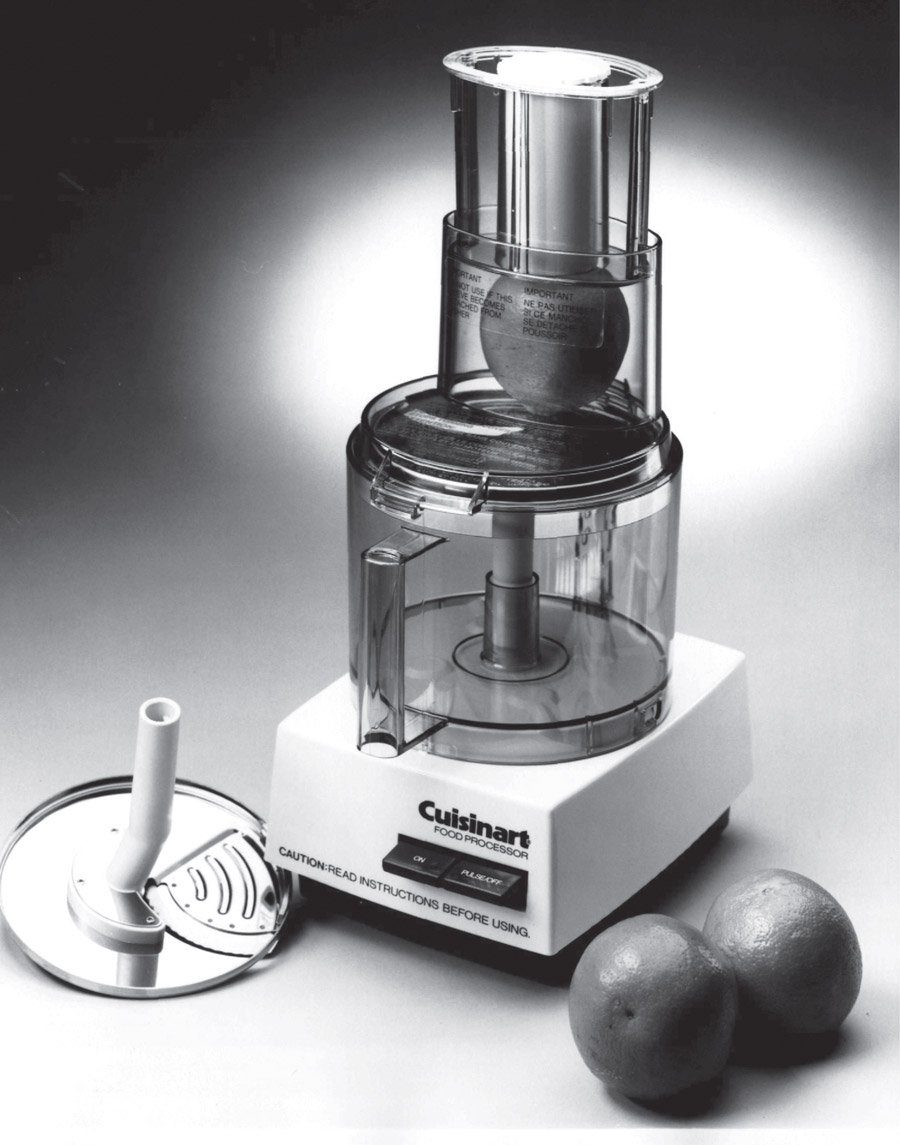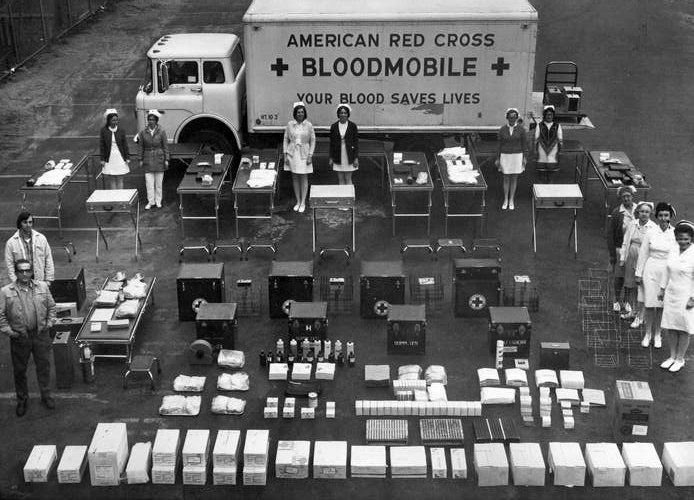
Marc Harrison was an educator for 40 years, while simultaneously running his design firm from his home office, model shop and photography studio. His designs ran the gamut of home products, kitchen gadgets, medical devices, computer housings and items used by the general public.
Below is a small selection of Marc Harrison designed products

Towards the end of his life, Harrison became involved with the RISD "Universal Kitchen" project, based on concepts of Universal Design. The project was led by design directors Jane Langmuir, Marc Harrison and Peter Wooding. It was the brainchild of Langmuir, who alongside Harrison saw the kitchen as an icon of poor design; one in which the able-bodied can remarkably adapt. Harrison believed that it was the role of design to accommodate the user, rather than the user having to adapt to rigid, unforgiving design. The design study, undertaken by RISD students, documented each step in the process of cooking a meal in a conventional kitchen in order to develop a more efficient, time saving, and user-friendly model. Based on their findings, the students built a prototype "Universal Kitchen." Harrison, one of the pioneers of the philosophy of Universal Design, did not see the final outcome of the project. On September 22, 1998, Marc Harrison died due to Amyotrophic Lateral Sclerosis (ALS). The Cooper-Hewitt National Design Museum in New York City exhibited the prototype of the "Universal Kitchen" from November 1998 though March 1999.

The iconic Cuisinart food processor

An adaptation of the original Cuisinart machine

Cuisinart Mini-chopper

The Grand Griddle. Aluminum core sandwiched between copper and stainless steel; designed for ultimate heat conductivity

Cuisinart pots and lids

Cuisinart tea kettle

Cuisinart knife set

The turnstiles of the Boston Subway. The first use of this now ubiquitous design

The turnstiles of the Boston Subway. The first use of this now ubiquitous design

In the early 1970s, Harrison proposed the development of two prototype mobile blood-collecting systems. Working in conjunction with the national Red Cross and its Boston chapter, Harrison and his RISD students initiated a five-year project to research its feasibility. The Red Cross Bloodmobile was created.

The goal was to enable the Red Cross blood programs to readily access various sites and, more importantly, to adopt design technologies that comfortably accommodated donors of varying ages, sizes, and physical abilities. The final design was patented and the Red Cross used it extensively thoughout the country.

Detail of Red Cross Bloodmobile donation seating

One of the first gaming systems installed in retail outlets for lottery ticket sales

Krups personal heating device
